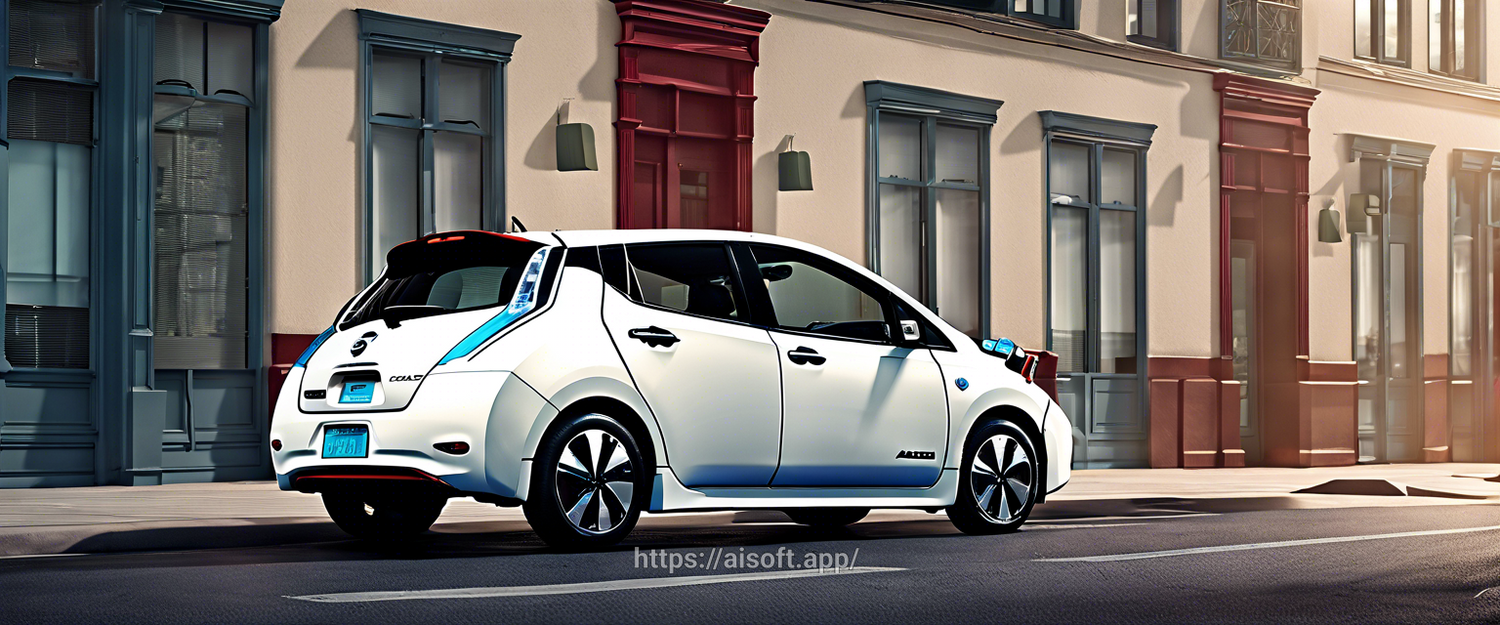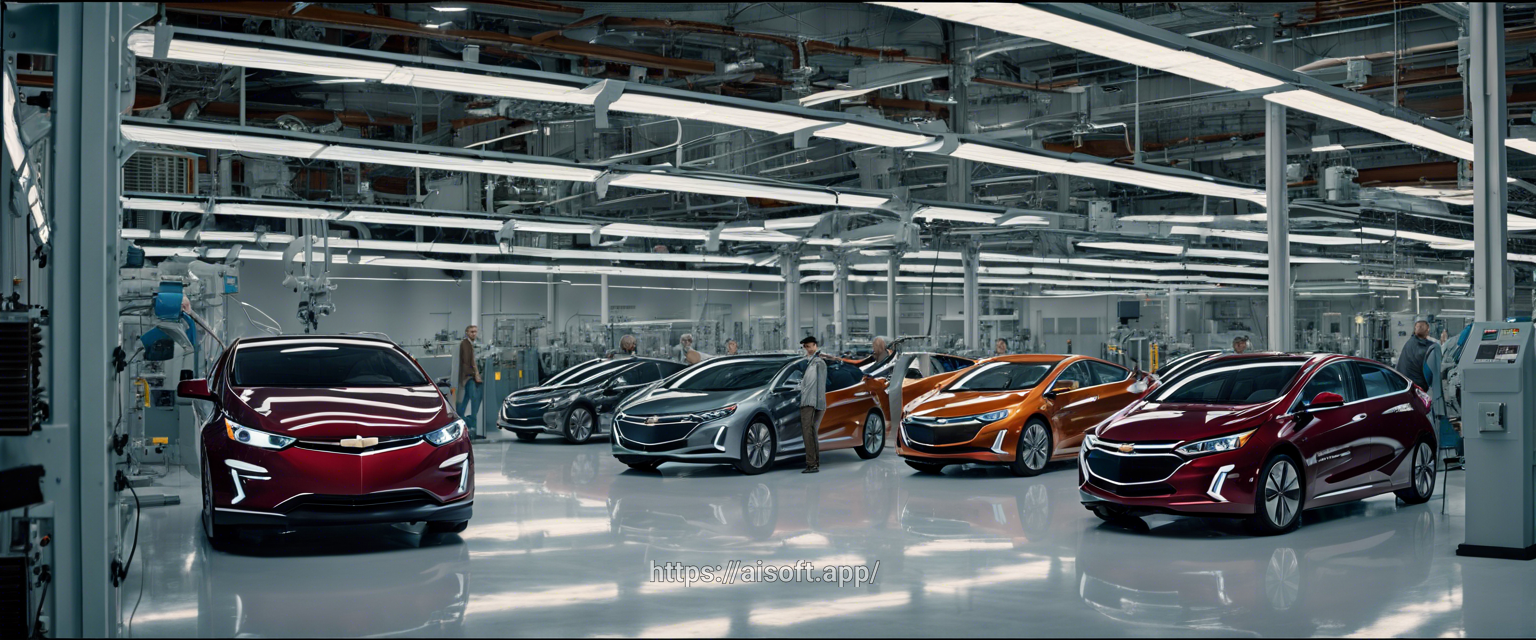The Future of Bi-Directional Charging: Nissan Leaf Leads the Charge
As electric vehicles (EVs) gain momentum in the automotive sector, innovative technologies continue to evolve. Among the frontrunners in this movement is the Nissan Leaf, which is not only popular for its eco-friendliness but also for its unique bi-directional charging capabilities. In exciting recent developments, Nissan has officially approved new hardware from Fermata Energy that enhances these features, showcasing a promising future for vehicle-to-grid (V2G) technology.
What is Bi-Directional Charging?
Bi-directional charging allows an electric vehicle to both receive and supply electricity back to the grid, making it a cornerstone technology for achieving energy sustainability. This capability is crucial for utilizing renewable energy sources effectively, as it enables EV owners to store surplus energy produced during the day for use during peak demand times.
Nissan Leaf's New Maturity with Fermata Energy's FE-20 Device
The newly approved Fermata Energy FE-20 charger is a significant upgrade that supports 33% more power compared to its predecessor. This advancement is not only cost-effective but also adheres to additional certifications from UL (Underwriters Laboratories) and IEEE (Institute of Electrical and Electronics Engineers), ensuring reliability and safety.
Implications for CHAdeMO and the EV Charging Landscape
The approval of Fermata Energy's FE-20 is also perceived as a minor victory for the CHAdeMO charging port standard, which has been facing stiff competition from more widely adopted charging alternatives like CCS (Combined Charging System). The enhanced bi-directional capabilities of the Leaf could potentially revitalize interest in CHAdeMO technology.
The Importance of Vehicle-to-Grid Technology
- Energy Sustainability: Facilitates efficient use of renewable energy, like solar and wind.
- Cost Savings: EV owners can take advantage of lower energy rates and benefit financially by selling energy back to the grid during peak times.
- Grid Stability: Helps balance energy supply and demand, reducing stress on the grid during peak usage hours.
Looking Ahead: The Future of EVs with Bi-Directional Charging
As manufacturers like Nissan continue to invest in bi-directional charging technology, the landscape for electric vehicles is set to transform significantly. The Leaf's enhanced capabilities not only foster innovation within the company but also encourage a shift towards more sustainable and efficient energy practices.
By optimizing vehicle-to-grid technologies, Nissan is pushing the boundaries of what electric vehicles can achieve—beyond transport and into the realm of energy solutions that benefit users and the planet.
Conclusion
The recent developments in bi-directional charging for the Nissan Leaf mark an exciting milestone in the EV industry. With the introduction of the Fermata Energy FE-20 charger, Nissan is reaffirming its commitment to sustainability and innovation. As we look to the future, bi-directional charging could become a standard feature across various EV models, driving the transition towards a more energy-efficient world.
For those interested in exploring more about the Nissan Leaf and its pioneering features, visit Nissan USA's official page for detailed information.



اترك تعليقًا
تخضع جميع التعليقات للإشراف قبل نشرها.
This site is protected by hCaptcha and the hCaptcha Privacy Policy and Terms of Service apply.